Cross-Cultural Pragmatics —— The Semantics of Human Interaction
----- 跨文化语用学:人类互动的语义学
This book, which can be seen as both a research monograph and a text book, challenges the approaches to human interaction based on supposedly universal "maxims of conversation" and "principles of politeness", which fly in the face of reality as experienced by millions of people - refugees, immigrants, crosscultural families, and so on. By contrast to such approaches, which can be of no use in crosscultural communication and education, this book is both theoretical and practical: it shows that in different societies, norms of human interaction are different and reflect different cultural attitudes and values; and it offers a framework within which different cultural norms and different ways of speaking can be effectively explored, explained, and taught. The book discusses data from a wide range of languages, including English, Italian, Russian, Polish, Yiddish, Hebrew, Japanese, Korean, and Walmatjari (an Australian Aboriginal language), and it shows that the meanings expressed in human interaction and the different "cultural scripts" prevailing in different speech communities can be described and compared in a way that is clear, simple, rigorous, and free of ethnocentric bias by using a "natural semantic metalanguage", based on empirically established universal human concepts. As the book shows, this metalanguage can be used as a basis for teaching successful cross-cultural communication and education, including the teaching of languages in a cultural context.
{{comment.content}}
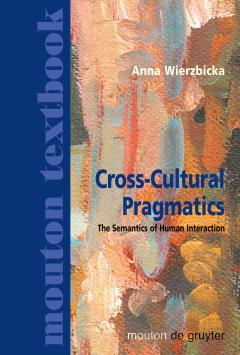
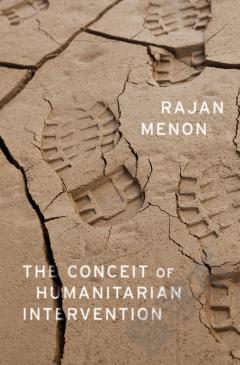
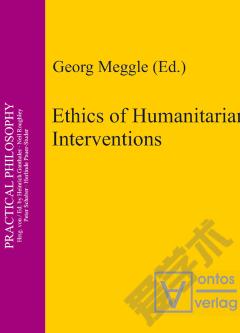

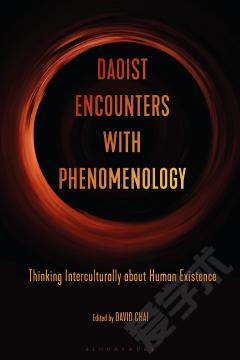

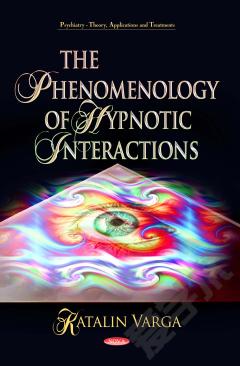

 京公网安备 11010802027623号
京公网安备 11010802027623号